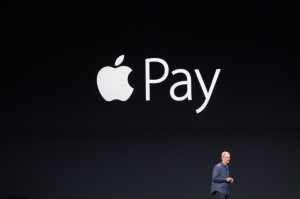
Takeaway from class15
Questions for companies before the existence of CSR:
What is the value for a company? How to define a company’s value? Is it how much money the company made last year? Is it how dedicated the employees work for the company?
Questions for companies which just began to think about CSR:
We should take some responsibilities to bring business and society together, but how to turn this mindset into reality?
Solutions:
Sharing value with others sounds incredible for business, but right now, under such a cohesive global picture, sharing value with others is creating value for ourselves.
By reconceiving products and markets, companies meet social needs while better serving the existing markets, accessing new ones or lowering costs through innovation. For example, Tesla should cooperate with universities to develop more efficient and more environmental-friendly technologies.
By building supportive industry clusters, companies build reliable local suppliers, a functioning infrustructure of roads and telecom, access to talent, and effective and predictable legal system. For example, Tesla should hold conferences to gather car manufactures like itself to discuss the way they improve.
By redefining productivity in the value chain, companies improve quality, quantity, cost and reliability of inputs and distribution while simultaneously acting as a steward for essential natural resources and driving economic and social development. For example, Tesla should develop a new way to produce batteries more efficiently.







